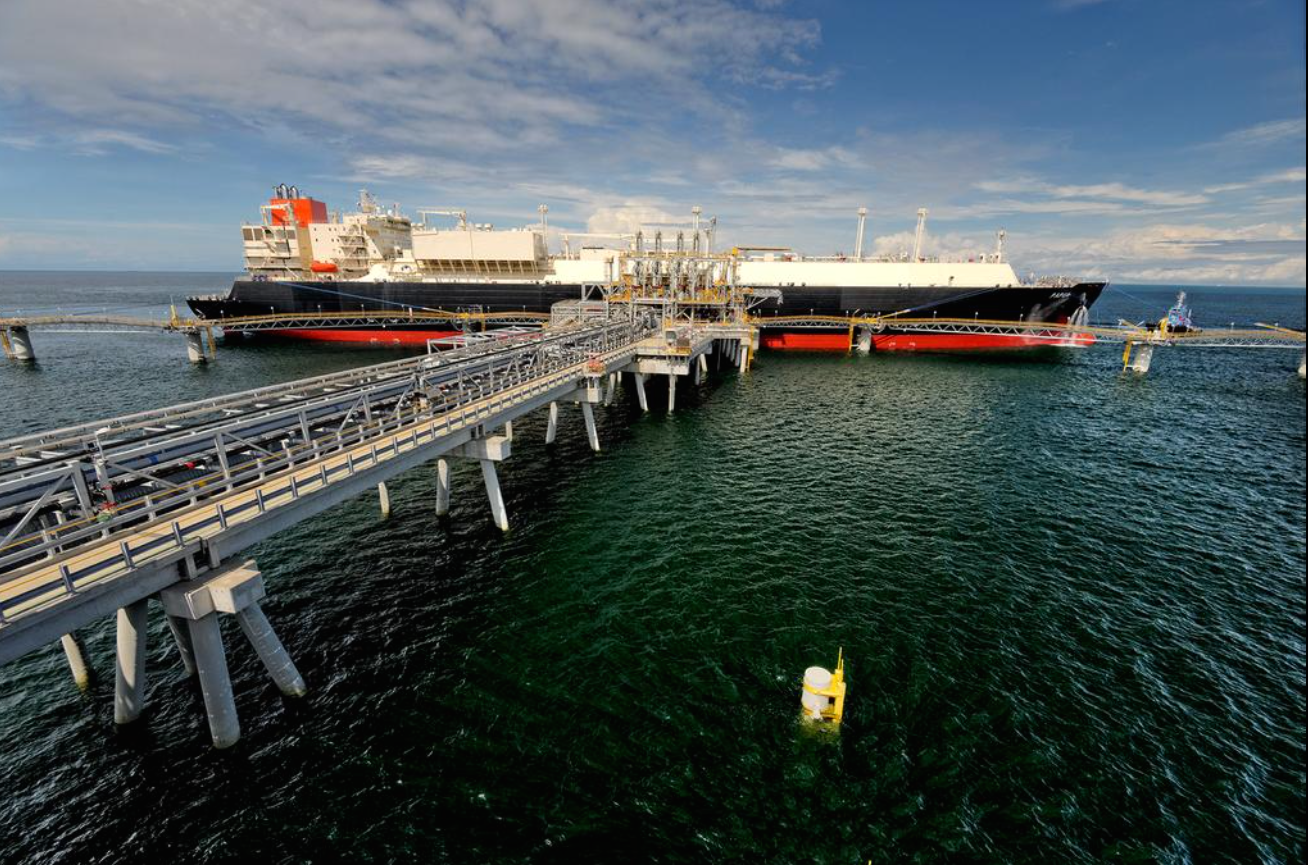

Regulations
Current Policy
Federal law generally requires approval of natural gas exports to countries that have a free trade agreement with the United States. For countries that do not have a free trade agreement with the U.S., the Department of Energy is required to grant applications for export authorizations unless the Department finds that the proposed exports "will not be consistent with the public interest." Factors for consideration include economic, energy security, and environmental impacts.
Local Government Regulators: Texas
Railroad Commission, (RRC) or Texas Railroad Commission, (TRC)
The state agency that regulates theoil and gas industry, gas utilities, pipeline safety, safety in the liquefied petroleum gas (LPG) industry, and surface coal and uranium mining.
At a local level, the Railroad Commission is the most prominent figure that regulates the LNG industry. As of April 2015, only two facilities were in the approved by the FERC to build export terminals in Texas. They are located in Freeport, TX, Freeport LNG Terminal, and Corpus Christi, TX, Cheniere-Corpus Christi LNG Terminal. It is important to understand that there many agencies that play an important part in local government regulation but research is limited, many times held confidential as this is new technology being incorporated to the local community. As we learn more about the impacts that LNG facilities have on local communities, we will see more local government regulations.
National Government Regulators: U.S.
Federal Energy Regulatory Commission, FERC
The Federal Energy Regulatory Commission, or FERC, is an independent agency that reviews proposals to build liquefied natural gas, LNG, terminals and interstate natural gas pipelines. As required by National Environmental Protection Act, NEPA, FERC prepares environmental analyses for proposed LNG facilities under its jurisdiction.
U.S. Coast Guard, USCG
The U.S. Coast Guard is the primary contact between the U.S. and the proper personnel. The USCG evaluates and determines the condition at which each LNG ship passes through its waterways, in and out of the U.S. This is an annual inspections that upholds high standards. Failure to pass the inspection requires the ship to maintain its current position, in or out of the country until the deficiency is fixed. LNG ships are issued a Certificate of Compliance by the Coast Guard to state that they are in complete compliance with U.S. regulations.
U.S. Department of Energy, DOE
The Department of Energy has regulatory, policy, and technology responsibilities related to LNG. The Office of Fossil Energy issues authorizations to import and export natural gas, by pipeline or as LNG, and conducts a data collection program to report annual and monthly levels of U.S. natural gas imports and exports.
U.S. Department of Transportation, DOT
The Pipeline and Hazardous Materials Safety Administration, PHMSA, has authority to establish and enforce safety standards for onshore LNG facilities, and has issued its regulations in 49 CFR Part 193. PHMSA is a cooperating agency assisting the FERC in its review of facilities under NEPA. FERC’s filing regulations requires FERC applicants to identify how their proposed design would comply with PHMSA’s siting requirements of 49 CFR 193, Subpart B. PHMSA assists the FERC in evaluating whether an applicant’s proposed siting meet those requirements.
These four agencies are responsible for the approved importation/exportation, construction, transportation, environmental and security standards an LNG plant is required to have in order to function safely. In this case, at a national level, the different administrations work together to govern varies aspects of an LNG plant. The NEPA is the source needed for EPA’s standards of an environmental friendly plant.
International: Free Trade Agreement
Currently, the United States has 14 Free Trade Agreements, FTAs, with 20 countries. FTAs allow foreign markets to import U.S. products. FTAs allow the interest of the U.S. to be protected and enhance the rule of law in the FTA partner country. The Dominican Republic-Central America- United States Free Trade Agreement (DR-CAFT) includes El Salvador, Guatemala, Honduras, and Nicaragua, Costa Rica, and the Dominican Republic. These countries will no longer be subjected to tariffs by 2015.The North American Free Trade Agreement (NAFTA) includes Canada and Mexico. Which eliminated tariffs on U.S. exports January 1, 2008. FTAs allow for a more transparent trading and investment environment, and cheaper for U.S. companies to export their products.
Current negotiations involving FTAs include the Trans-Pacific Partnership Agreement (TPPA), commonly known as TPP. It is made up of nine countries; Australia, Brunei Darussalam, Canada, Chile, Japan, Malaysia, Mexico, New Zealand, Peru, Singapore and Vietnam. These negotiations have been kept a secret from the public and have recently been accelerated through Congress, as a fast track bill. In our country, most notably Senator Elizabeth Warren and like-minded individuals have criticized the TPP for its transparency issue; it has been held confidential. The White House has only made available parts of the trade bill that they were open to sharing. Other opponents argue that is does very little to address environmental protections, labor rights, and cheaper imports that would lead to a decrease in American jobs. On May 12, 2015 the bill was unsuccessful with a 52-45 vote. Eight votes short of the 60 votes needed.
The table below shows the 20 countries and the year FTA negotiations began or were accepted. It also displays the year most or all tariffs are expected to be eliminated. It is important to note that the tariffs are expected to be mostly, 80-90%, eliminated or eliminated altogether.

